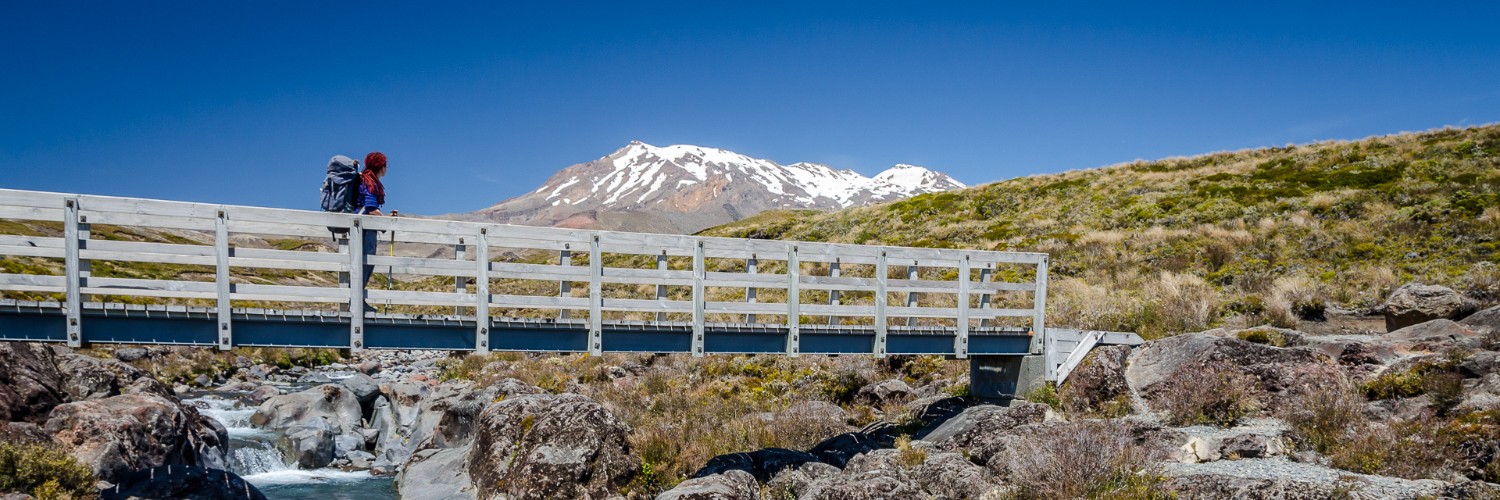Context
The New Zealand Walking Access Commission along with Sport Taranaki engaged Lincoln University Landscope DesignLab to identify opportunities for a Taranaki’s Tracks and Trails 2040 Strategy.
Lincoln University’s Landscope DesignLab applied strategic and spatial design processes to identify relevant insights, opportunities and challenges to develop Taranaki’s tracks and trails network. This process consisted of:
-
Ongoing engagement with local councils, agencies and individuals identified who could assist with the projects direction and scope
-
A site and desktop study of places, people and proposals relevant to the project
-
Mapping studies which identify relevant landscape layers including narratives, pathways, infrastructure and locations
-
Ongoing presentations of the draft strategy in draft form to a range of working groups including:
-
Council members from New Plymouth District Council, South Taranaki District Council, Stratford District Council, and Taranaki Regional Council
-
Mayors and deputy mayors
-
Iwi members and representatives
-
Department of Conservation
-
Key community group representatives
-
Key community members
-
Out of this process, Lincoln University’s Landscope DesignLab developed the following strategy for investment. This strategy identifies opportunities for collaboration, aligned decision making, and allocation of resources. The strategy consists of:
-
A central narrative, value and vision to be used as the unifying kaupapa of the strategy
-
Nine projects that enable implementation of the strategy and which can be led by different champions and phased according to key investments
-
Nine scoping briefs for each project indicate the next stage in their development. Each brief identifies options for:
-
A local steering group
-
An identified working group (to work in collaboration with steering group)
-
Key phases and milestones
-
Next steps
-

